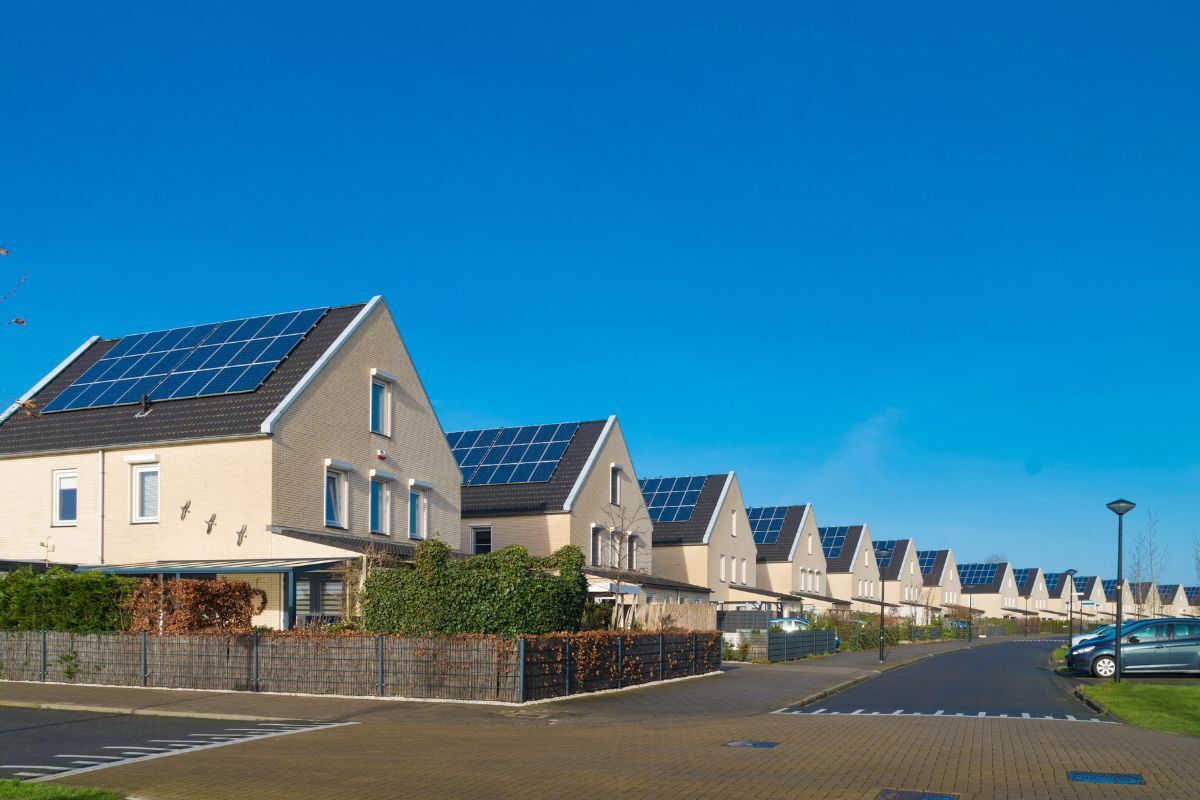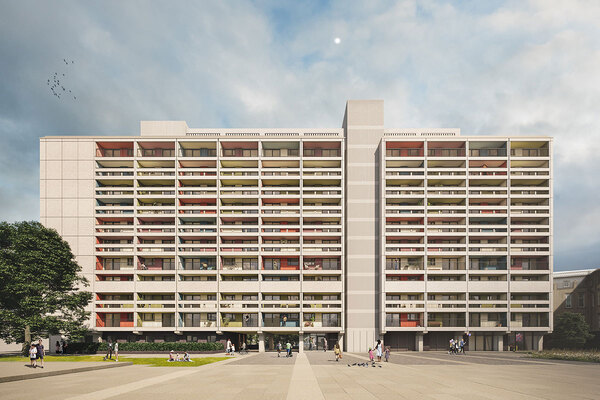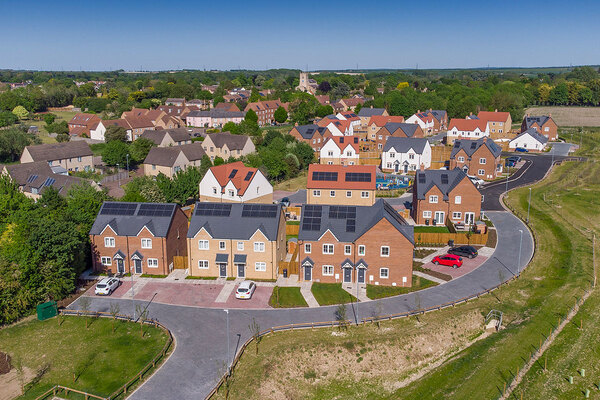Delivering a just green transition
HACT have published their latest white paper, A Just Green Transition: how the housing sector can deliver sustainable communities alongside sustainable homes. The white paper is supported by Tpas, Fusion21, Build East and PlaceShapers.
How can we ensure that the social housing sector’s substantial investment into making its homes sustainable results in sustainable communities?
That was the question we posed at the beginning of 2022. Back then, the sector was fully engaged with the decarbonisation challenge it faced.
Now, eleven months later, the sector is facing an array of challenges, including the impact of the cost-of-living crisis on residents, the rising costs of retrofit materials and the impact of a below inflation rent increase. One consequence is that some retrofit programmes might be temporarily shelved.
And yet the climate crisis has not gone away.
There is still an urgent need for the sector to prioritise the decarbonisation of the homes they manage. And simultaneously, the need for this decarbonisation to result in a just green transition is more relevant than ever.
What do we mean by a just green transition?
A just green transition means tackling climate change and environmental degradation in a way that brings people together around the shared aim of a better, more sustainable future. It means ensuring that the brunt of climate change doesn’t fall on the most vulnerable in society. And it means homes and places that make low carbon living affordable, accessible and are the basis for happier, healthier lives.
The social housing sector is well versed in responding to, and alleviating, social issues. From developing aids and adaptations services to delivering community-based services that alleviate poverty and promote individual wellbeing, the social purpose of the sector is intrinsic to its DNA.
Social housing providers are already involved in local communities and committed to the decarbonisation agenda. Many already have a defined social purpose. As locally-based asset-owning organisations, social housing providers are well placed to play a critical strategic role in facilitating a just green transition in the communities in which they operate.
This might be through community investment activities, supporting residents to retrain into green jobs and empowering local green community organisations.
It could be by using their procurement spending power to support local green economic growth and create long lasting social value.
Or it might be through resident engagement and feedback, building trust with residents and working together to engage in and deliver the transition.
In order to deliver this just green transition, we have identified six principles housing associations should incorporate into their sustainability strategy, so that the investment made into making homes sustainable results in sustainable communities:
- Embed the principles of a just green transition into your plans and the subsequent approaches you take on the journey to net zero.
- Co-produce your retrofit and green energy solutions with tenants and residents – they must be active partners and cannot be treated as guinea pigs.
- Measure your impact: model, monitor and report on how the investment you make in your homes has resulted in an investment into your communities, including improvements to the lives of those who live in your homes and wider communities.
- Turn the challenges you face in the lack of retrofit skills into an opportunity, accelerating and expanding green skills across your communities by investing in new skills and jobs.
- Decarbonisation is only one part of the problem we must address. Your sustainability strategy should not just be about decarbonisation. You also need to focus on responding to the impact of climate change and build this into your plans.
- Look for opportunities to collaborate across the social housing sector and across your communities. We don’t yet have all the answers, but we can achieve more together than alone.
Across the sector, there are some inspirational examples of housing associations actively engaging with their residents, creating green jobs or working in partnership with other organisations.
We need to build on these examples, sharing best practice, ideas and evidence so that collectively, as a sector, we can be at the forefront of realising a just green transition.
If we get this right, we can avoid the mistakes of the past and deliver a green transition that is not only just but enhances the wellbeing of both people and planet.
For our benefit.
And for those of future generations who will live in our homes and communities.
Access to the White Paper can be found on the Unlock Net Zero resources section.



